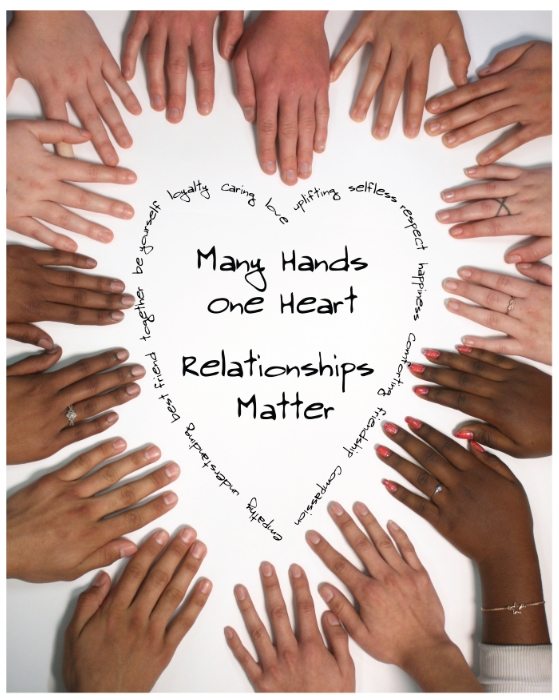
What are Restorative Practices

The Restorative Justice model strives to promote healing and restoration of those affected by a harmful act through structured communication processes that can include victims, offenders, the greater community and even government officials. These are the components of Restorative Justice.
Restorative Justice Practices are the different restoration-focused approaches that can be applied to a harmful situation in an effort to hold offenders accountable, address the root causes of offending behavior, assess and address all participants unmet needs, and collectively develop a plan of restoration for the offender and those impacted by the offense. There are many different restorative approaches and ways to practice a restorative mindset, but the most commonly practiced are Restorative Questions, Circles, and Conferences.
Restorative questions are open-ended, information seeking questions that are used to address both the person who authored the harm (offender) and the person who received the harm (victim). There are a few different core question versions available in the RJ community, but they generally include asking the offender for their take on what happened, how it has impacted them, asking them to take responsibility for the harm they created and opening up the opportunity for them to imagine how they might make things right. For the victim, the questions include space to share the impact the harmful act has had on them and what their thoughts are on how things might be made right. These questions can be applied in a classroom, at home, in a community setting and even in a more formal court process.
Restorative Circles take many forms, ranging from a preventative approach to a way to respond to harm once it is done.
Circles are founded on relationships. Whether it be a classroom of students, a group of colleagues at work, or community members on a town council, everyone meeting in a Restorative Circle has a relationship to each other.
To practice Circle, whether responsive or preventative, participants physically sit in the shape of a circle, with little to nothing in front of them. The goal with the circle is for all participants to be equidistant from the center, and for each participant to have equal opportunity to listen and be listened to. The process includes a welcome and introduction, followed by the opportunity for each participant to share. There are process norms that are either decided during the initial meeting (if reoccurring) or in the case of a more formal, responsive circle, often there are generally accepted norms built into the procedure as how to conduct a conflict-focused circle. Using a talking piece, which is a hand-held object used to facilitate the answering of questions or responses to prompts, participants each have the opportunity to speak, one at a time. Circles are almost always conducted in a sequential order, as to create space for each participant to have equal opportunity to speak. By use of the talking piece and sequential sharing, each participant has a higher chance of feeling respected and listened to when it is their opportunity to share.
Prevention-focused, community-oriented Circle topics often reveal individual values and beliefs, as well as shared interests and activities that foster collaboration and consensus building. These Circles are most commonly used in an effort to build community and a healthy emotional climate within a group.
Restorative Dialogue/Restorative Circles (also known as Victim-Offender Mediation) involve the use of the Restorative Questions in order to process challenging situations where some harm or conflict has occurred. Questions can be posed one-on-one, (e.g. if a teacher were to witness a student being disruptive during class-time); or in a group setting for more complex situations (e.g. if a fight were to break out in the cafeteria between multiple students).
Restorative Conferences are the most formal of the Restorative Practices, and are reserved for when a significant amount of preparation and structure is needed in order to address a harmful event. Within the Restorative Conference session(s), the facilitator(s) navigates and guides the process utilizing a scripted series of questions that everyone in attendance has been given access to ahead of the actual conference. This procedure provides participants both the opportunity to emotionally prepare and reflect on what they’d like to say, and then during the actual conference, to speak about how the incident has impacted their life and livelihood, in a safe way. All members of the Conference participate at-will, and are invited to say as much or as little as they are comfortable with. They are also welcome to ‘change their mind’ and decide to discontinue the process at any point. Conferences are thoughtfully planned and structured by skilled facilitator(s) to provide for the most meaningful outcomes for all involved.